Have you ever felt your reflexes holding you back on the field?
Do you dream of lightning-fast reactions and explosive power?
Look no further than reflexive training!
This targeted training method can transform athletes of all levels, from complete beginners to seasoned competitors.
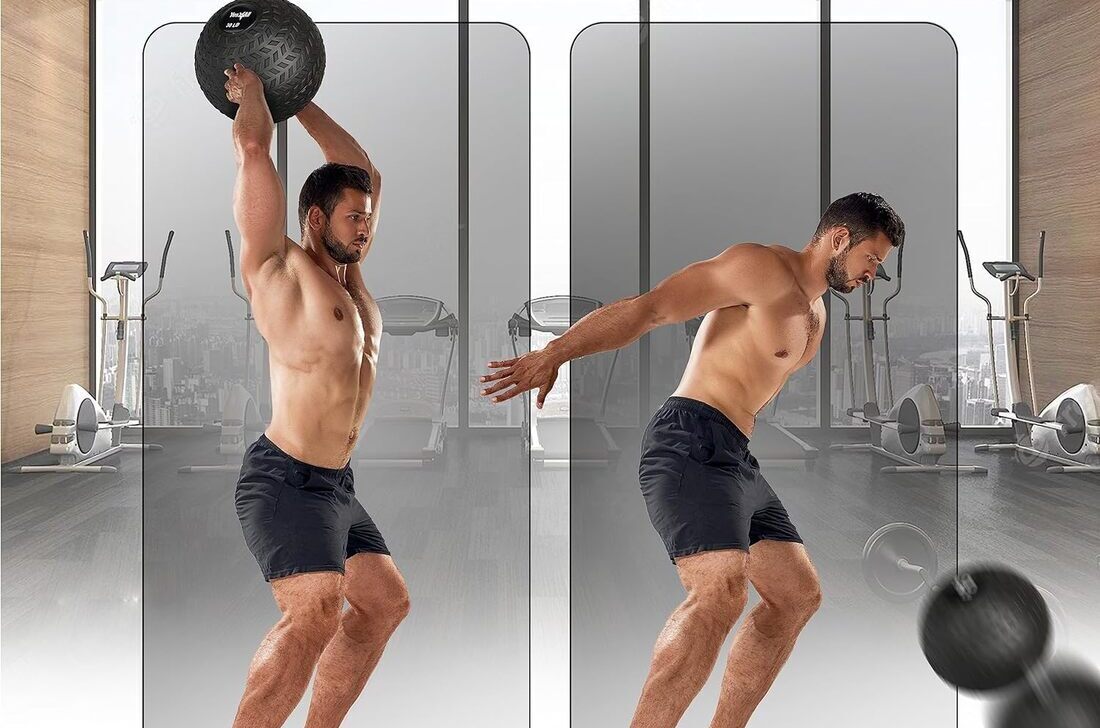
This blog serves as your ultimate guide to building a customized reflexive training program.
We’ll delve into the science behind reflexive training, explore exercises for all experience levels, and provide a step-by-step approach to progress from beginner to beast.
Target Audience: This blog caters to athletes (both beginners and experienced), fitness enthusiasts, anyone interested in improving their reflexes and overall athletic performance.
Why Reflexive Training? Building a Body That Reacts Like Lightning
Reflexive training focuses on improving the communication speed between your brain and nervous system.
When you encounter a stimulus (like a ball flying towards you), your brain sends signals through your nerves, prompting your muscles to react.
The faster and more efficient this pathway is, the quicker your reflexes become.
Here’s what makes reflexive training so beneficial for athletes:
- Enhanced Reaction Times: Sharpened reflexes allow you to react faster to game-changing situations on the field.
- Improved Coordination: Reflexive training strengthens neural pathways, leading to better coordination and overall movement efficiency.
- Explosive Power: By training your nervous system to fire muscles faster, you can unlock explosive power for increased jump height, throwing velocity, and agility.
- Reduced Injury Risk: Proper reflexive training can improve proprioception (body awareness) and help prevent injuries caused by slow reaction times.
By incorporating reflexive training into your routine, you can elevate your athletic performance to a whole new level.
Building Your Reflexive Training Program: A Step-by-Step Guide
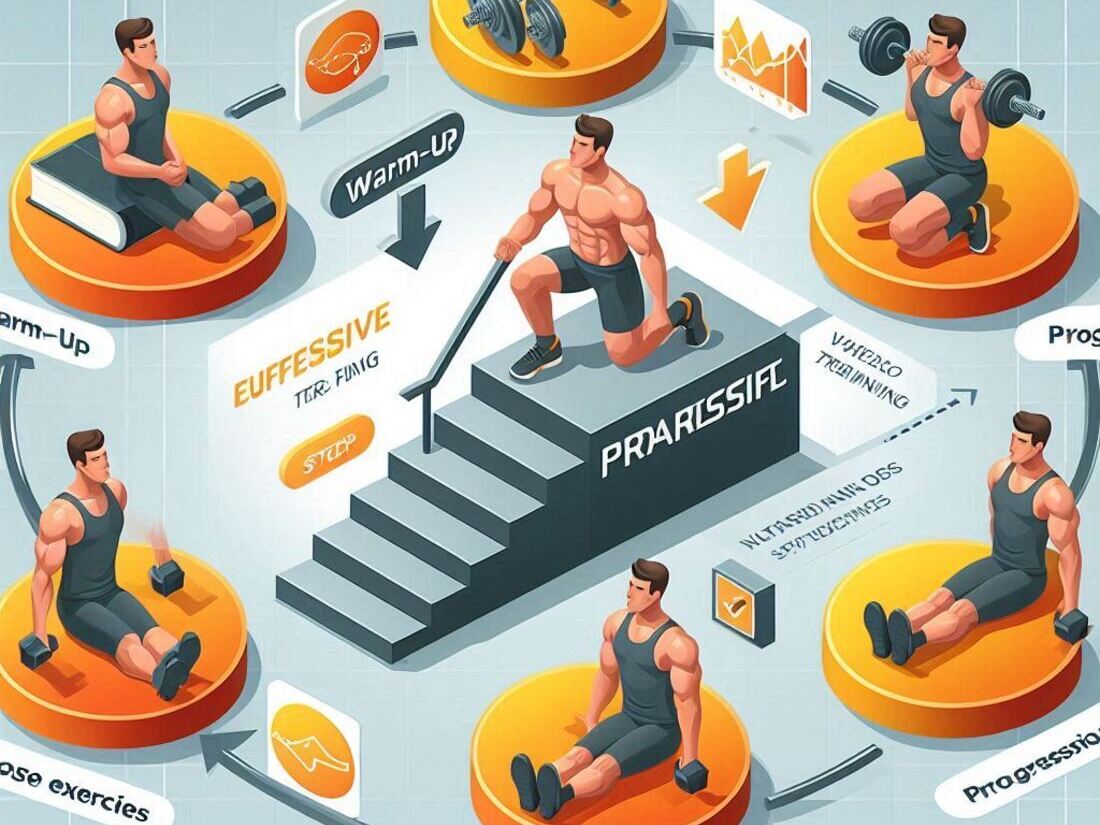
Now that you understand the benefits, let’s build your customized reflexive training program!
Here’s a step-by-step approach:
Step 1: Assess Your Level (Beginner, Intermediate, Advanced)
- Beginner: Focus on basic reaction drills and coordination exercises.
- Intermediate: Introduce more complex drills and plyometric movements.
- Advanced: Challenge yourself with high-intensity drills and incorporate advanced reaction training tools.
Step 2: Choose Your Exercises
Here’s a sample list of exercises categorized by experience level:
Beginner:
- Medicine Ball Slams: Explosively throw a medicine ball against a wall and catch it.
- Reaction Ball Drills: React and catch a ball attached to a cord that bounces in unpredictable directions.
- Shadowboxing: Mimic punching and dodging movements to improve hand-eye coordination.
Intermediate:
- Box Jumps: Explosively jump onto a box and land softly.
- Lateral Shuffles with Cone Touches: Shuffle laterally and quickly touch cones placed at random intervals.
- Agility Ladder Drills: Perform footwork drills that challenge coordination and reaction speed.
Advanced:
- Plyometric Push-Ups: Explode off the ground during push-ups for maximum power development.
- Depth Drop Jumps: Jump from a box or platform and land explosively with a deep squat.
- Double Unders (Jump Rope): Master this fast-paced jump rope technique for enhanced coordination and reflex training.
Step 3: Plan Your Workouts
- Frequency: Aim for 2-3 reflexive training sessions per week, with at least one rest day in between.
- Duration: Start with 15-20 minute sessions and gradually increase as you progress.
- Warm-up and Cool-down: Always include a proper dynamic warm-up before and static stretches after your workout.
Step 4: Progression is Key
- As you get stronger and more coordinated, gradually increase the difficulty of your drills, sets, and repetitions.
- Challenge yourself but prioritize proper form to avoid injuries.
Remember: Consistency is crucial! Stick to your program, and you’ll witness a significant improvement in your reflexes and overall athletic performance.
Sample Reflexive Training Workouts (For All Levels)
Here are some sample reflexive training workouts tailored for different experience levels:
Beginner Workout (15-20 Minutes)
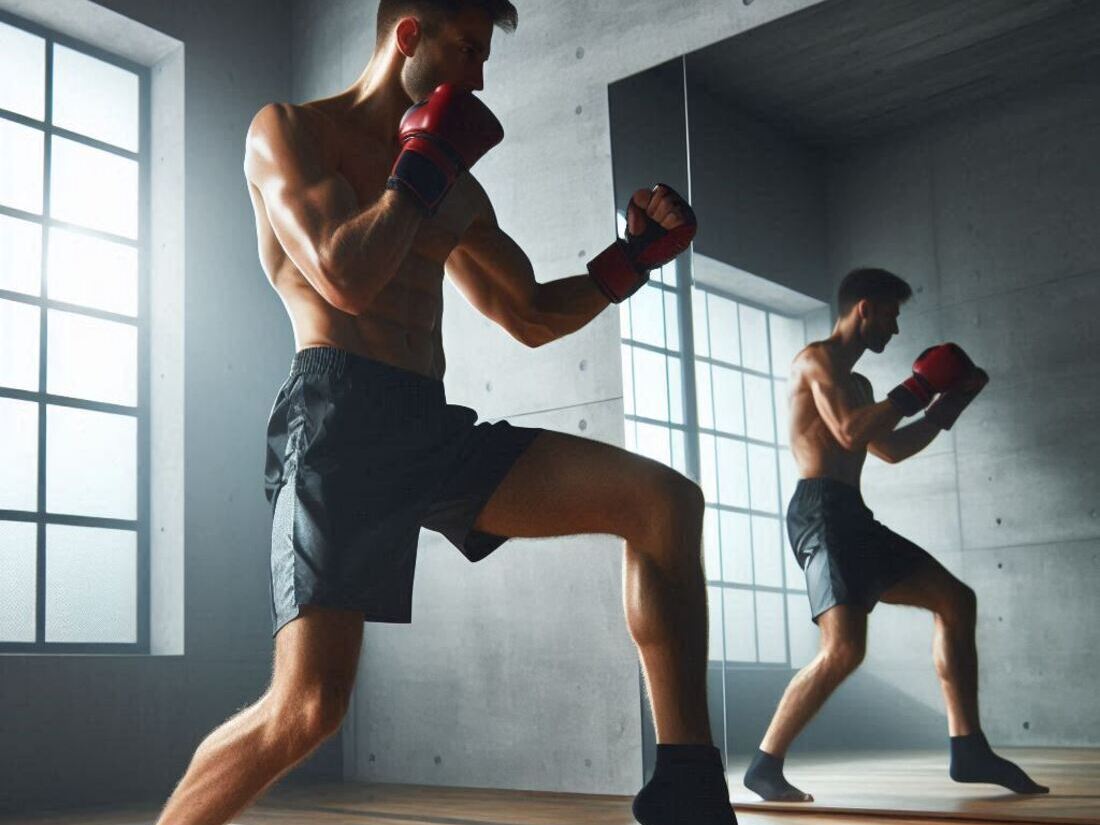
- Warm-up (5 minutes): Light cardio like jogging or jumping jacks followed by dynamic stretches focusing on arms, legs, and core.
- Medicine Ball Slams (3 sets of 10 repetitions): Choose a weight you can handle comfortably. Explode upwards and slam the ball against a wall, catching it on the rebound.
- Reaction Ball Drill (3 sets of 30 seconds): Stand at a comfortable distance from a reaction ball attached to a cord. React and catch the ball as it bounces in random directions.
- Shadowboxing with Footwork Drills (3 sets of 1 minute): Mimic punching and dodging movements, incorporating footwork patterns like shuffles and lunges.
- Cool-down (5 minutes): Static stretches targeting major muscle groups used during the workout.
Intermediate Workout (20-25 Minutes)
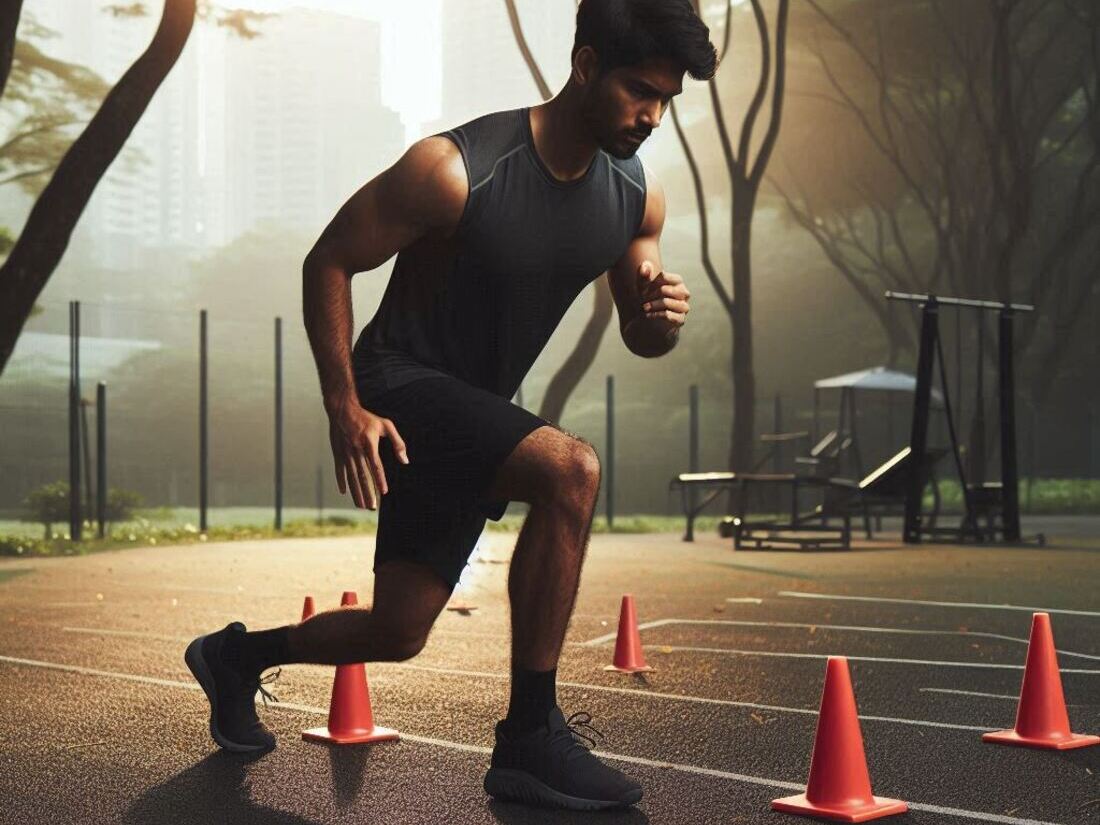
- Warm-up (5 minutes): Similar to the beginner routine.
- Box Jumps (3 sets of 5 repetitions): Find a box height that challenges you but allows for safe landings. Squat down, then explosively jump onto the box and land softly.
- Lateral Shuffles with Cone Touches (3 sets of 30 seconds per side): Shuffle laterally as fast as possible, touching cones placed at random intervals.
- Agility Ladder Drills (3 sets of 30 seconds per drill): Perform various footwork drills on an agility ladder, focusing on speed and changing directions quickly. (Examples: In-and-out drills, high knees, lateral shuffles)
- Cool-down (5 minutes): Static stretches focusing on legs, core, and shoulders.
Advanced Workout (25-30 Minutes)
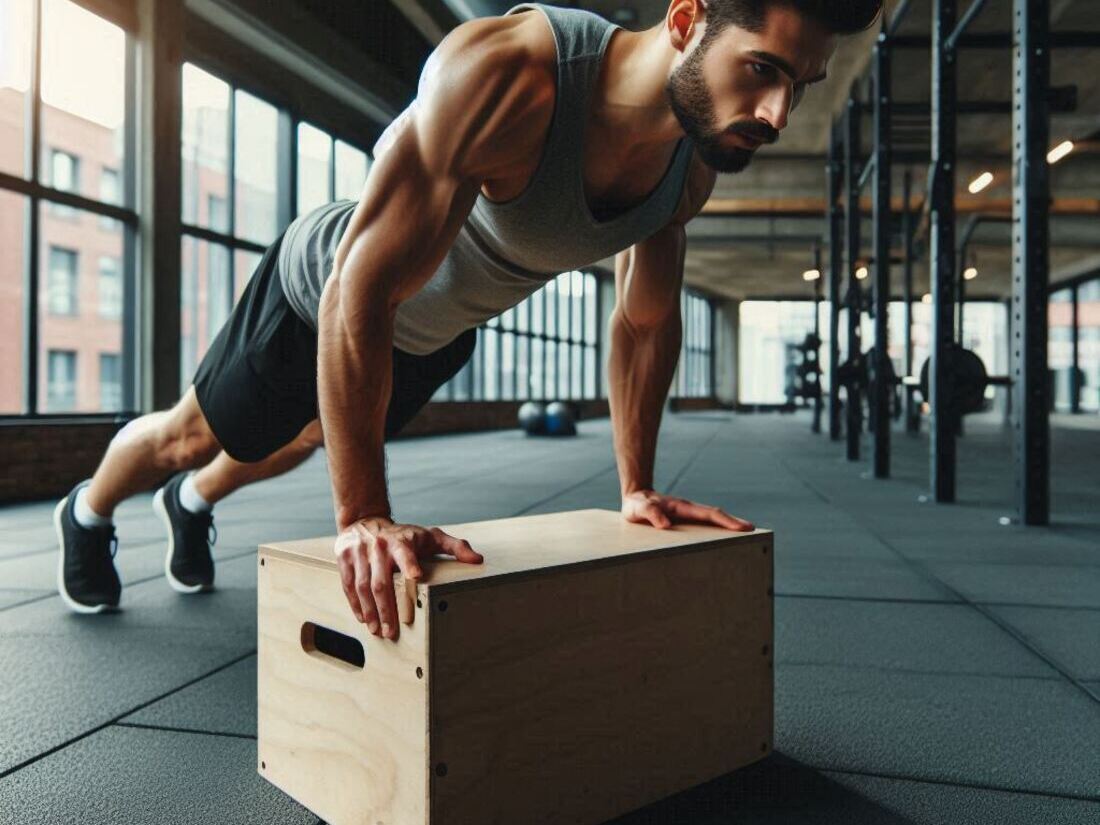
- Warm-up (5 minutes): Similar to the beginner and intermediate routines.
- Plyometric Push-Ups (3 sets of 5 repetitions): Lower yourself into a push-up position, then explosively push off the ground to extend your arms completely. Maintain a straight body line throughout the movement.
- Depth Drop Jumps (3 sets of 3 repetitions): Stand on a box or platform at a challenging height. Step down explosively and land in a deep squat, absorbing the impact.
- Double Unders (Jump Rope) (3 sets of 30 seconds): Master this fast-paced jump rope technique where the rope passes under your body twice with each jump. Focus on coordination and speed.
- Cool-down (5 minutes): Static stretches focusing on major muscle groups used during the workout.
Additional Considerations
- These are just sample workouts, and you can adjust them based on your individual needs and preferences.
- Listen to your body and take rest days when needed to prevent overtraining.
- Prioritize proper form over speed or weight during your exercises.
- Consult a certified personal trainer for personalized guidance, especially for advanced athletes.
Frequently Asked Questions: Reflexive Training FAQs

Here are some commonly asked questions regarding reflexive training:
- What equipment do I need for reflexive training?
You don’t need a lot of fancy equipment to get started. A medicine ball, reaction ball, jump rope, and agility ladder can enhance your training, but bodyweight exercises are also highly effective.
- How long does it take to see results from reflexive training?
Individual results will vary, but with consistent training, you can expect to see improvements in reflexes and coordination within a few weeks.
- Can I incorporate reflexive training into my existing workout routine?
Absolutely! Reflexive training can be a great addition to your current workout program. Aim for 2-3 dedicated sessions per week and consider incorporating shorter reflexive drills into your warm-up or cool-down routines.
- Can reflexive training help me in sports other than athletics?
Yes! Reflexive training can benefit anyone who wants to improve their reaction times and coordination. This can be helpful in various sports, martial arts, and even everyday activities.
Conclusion: Unleash Your Inner Beast with Reflexive Training
Reflexive training offers a powerful tool for athletes and fitness enthusiasts seeking to elevate their performance.
By incorporating these principles and the sample workouts into your routine, you can unlock lightning-fast reflexes, explosive power, and enhanced coordination.
Remember, consistency is key!
Stick with your training, prioritize proper form, and get ready to unleash your inner beast on the field or court.
Citations
Here are a couple of links to scientific studies that support the benefits of reflexive training:
Citation 1:
- Title: The Effects of Plyometric Training on Muscle Power and Reflexive Performance
- Authors: Mark S. Hoffman et al.
- Link: https://pubmed.ncbi.nlm.nih.gov/36625965/
- Summary: This study demonstrates that plyometric training, a type of reflexive training, can improve muscle power and reflexive performance in athletes.
Citation 2:
- Title: Reaction Time Training: Does It Transfer to Enhanced Cognitive Performance in Older Adults?
- Authors: Wildsoet, E. J., van der Kooij, H. J., & van Heuvelen, M. J.
- Link: https://link.springer.com/article/10.1007/s11682-014-9323-y
- Summary: This study explores the potential benefits of reaction time training (a component of reflexive training) on cognitive performance in older adults2.
Disclaimer
The information provided in this blog is for educational purposes only and should not be construed as medical advice. Always consult with a qualified healthcare professional before starting a new exercise program, especially if you have any pre-existing injuries or health conditions.



